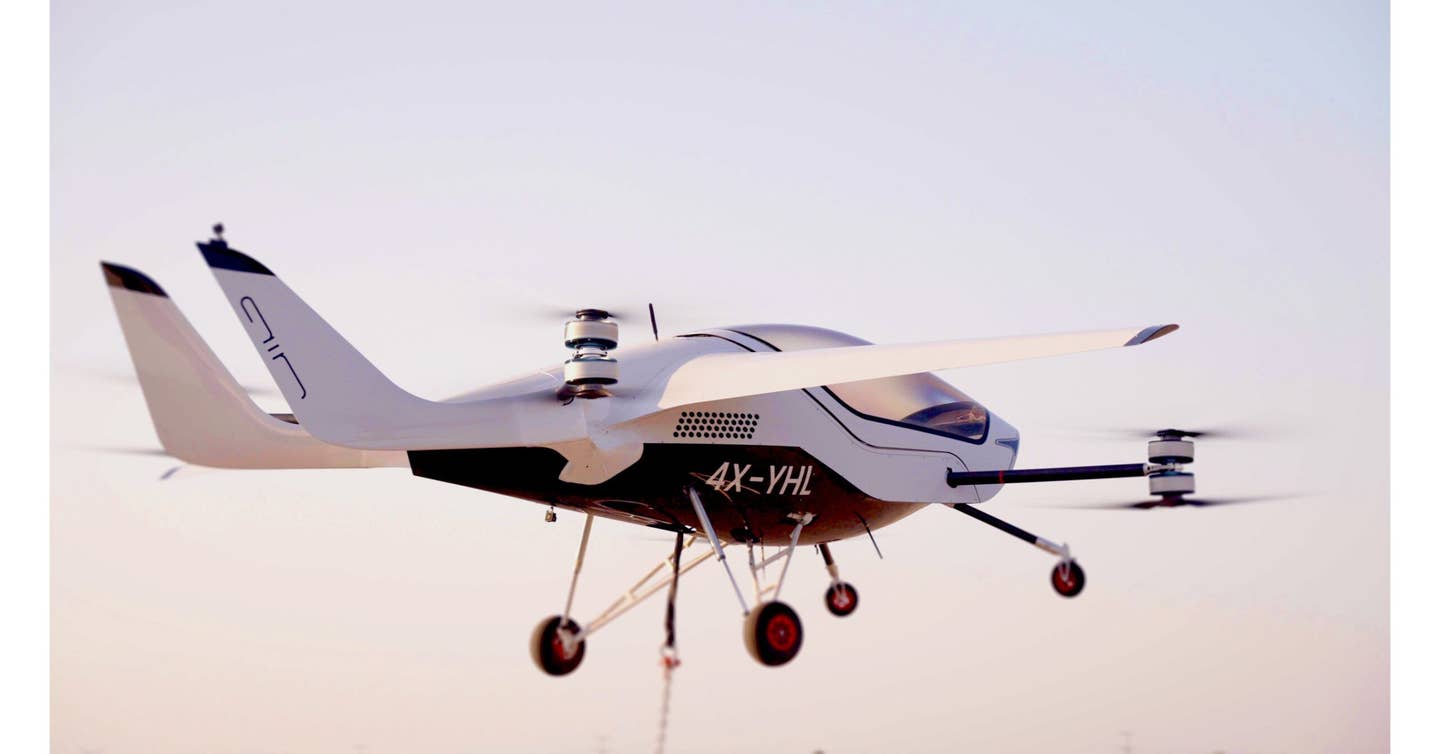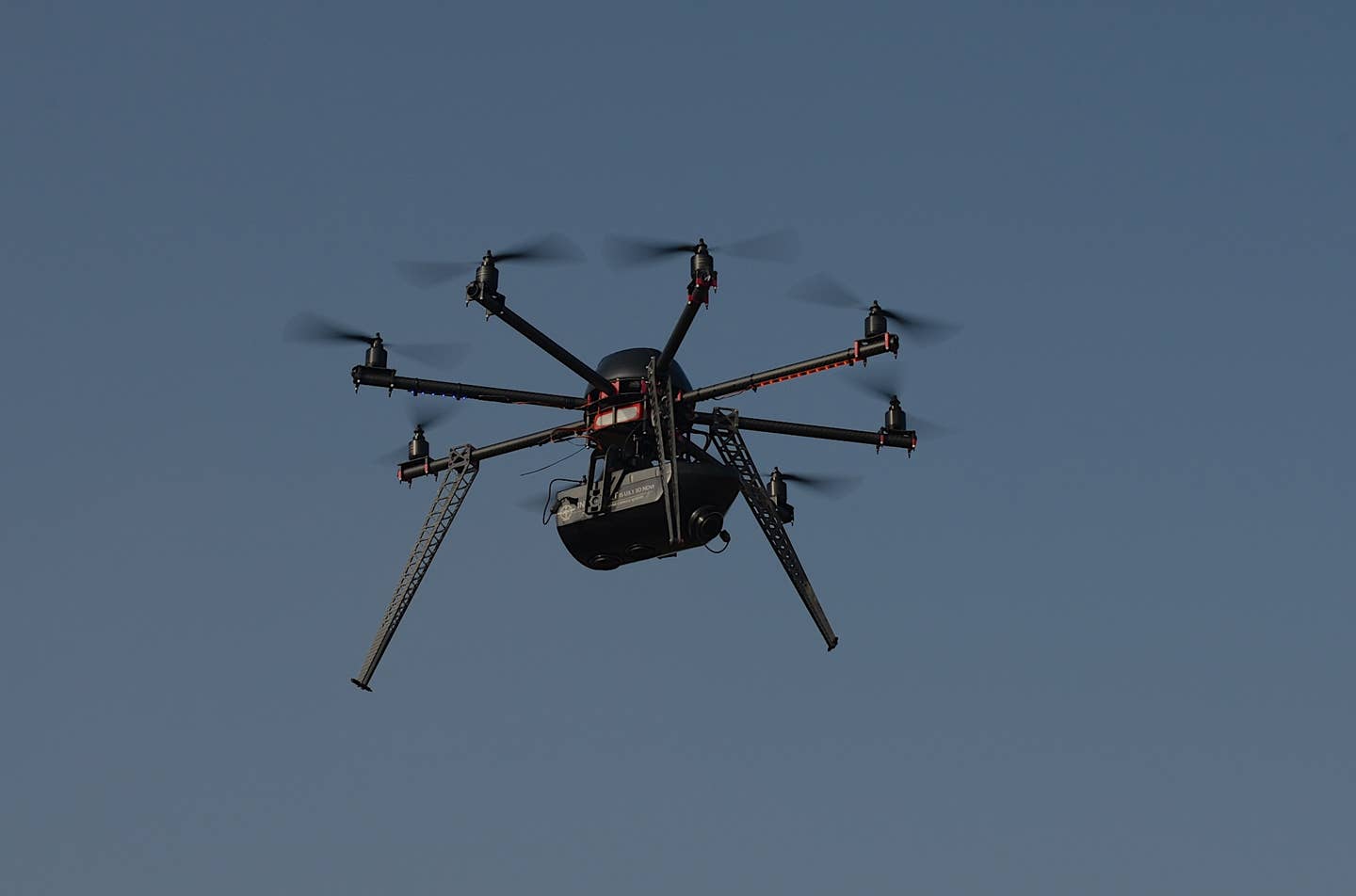Is MOSAIC Creating Pilots Or Passengers?
MOSAIC might be good for aircraft development but what about pilot development?

Full-scale AIR ONE prototype completes successful hover test
When the light sport category was established 20 years ago, a lot of the emphasis in commentary on it at the time was about training. Don't forget it was supposed to open the floodgates of pent-up pilot demand that had thus far been frustrated by the onerous requirements to qualify for a private ticket. The reality turned out to be somewhat different and, as with anything else that's new, there were some surprises.
For instance, a lot of the sweating was over the minimum requirements for getting a sport pilot certificate. They were far too ambitious for most people, and flight instructors did what they do. They ensured the students were darned good and ready before they soloed and took their checkrides and life went on for those in that stream.
What caught us by surprise was the number of highly experienced pilots that headed for sport pilot for the relaxed medical requirements that were ending up in the weeds. It turned out that skills hard-earned flying a Baron or a 182 or a 777 didn't translate all that well when they were stuffed into a plane that seemed to behave like a leaf in a tornado. There were some embarrassing moments.
Again, training took over and that peril has diminished considerably. CFIs know what to teach and most of those opting for sport pilot for their aviating swan song now seem to know better. Not all of them, for sure, but shattered egos and bent metal are thankfully the most damage caused in these excursions and both can be repaired.
With MOSAIC, a new set of training challenges present, but I suspect we're in better shape to deal with them. For one thing, the breathless assertions that merely creating new rules will miraculously save general aviation are mostly absent from MOSAIC discussions and instead they are pragmatic while still being hopeful. Essentially, we're doubling the weight and performance of airplanes for pilots who, if they choose, can fly them with minimal training. Again, most CFIs aren't going to let that happen and the experience with transitioning pilots in the opposite direction should give us the foundation to do this seamlessly.
Where the gnarly bits will emerge is in training pilots for little eVTOLs. Hell, I want one if they work as advertised, and you can bet there will be lots of newbies lined up for the well-worn allure of hopping over jammed freeways with the ease of George Jetson. Right now the FAA isn't including eVTOLs for consideration in the new rule because they're just so new. The authors of the NPRM left the door open for approving eVTOLs in light sport in the future, but the agency also left a gaping loophole by allowing helicopters with "simplified flight controls" for consideration under MOSAIC.
Simplified flight controls are actually incredibly complex flight controls. We just don't get to see all that complexity at work. According to the rule, an aircraft, including a "rotorcraft" with simplified flight controls, leaves the pilot with no more to do than deciding which heading and (maybe) how high to fly. Automation looks after all the pesky details of keeping airspeed, attitude and flight envelope in the green and turns an aircraft into the aviation equivalent of a point-and-shoot camera. And even though the FAA has specified that it's not considering eVTOLs for this round of rulemaking, some very powerful forces are trying to change their minds.
Many of the newest members of the General Aviation Manufacturers Association (GAMA) are in the eVTOL business and some are developing MOSAIC-sized multi-copters and tiltrotor aircraft. In its comments on the proposed rulemaking, that segment of GAMA's membership is logically represented by GAMA's assertion that there's little practical difference between a helicopter with simplified flight controls and an eVTOL with simplified flight controls. "GAMA recommends that the FAA allow a sport pilot to operate a light-sport powered-lift that has been designated as having simplified flight controls consistent with the proposal for light-sport rotorcraft," GAMA's comments say. "Simplified flight control capability provides an equal level of mitigation and level of safety for the operation of a rotorcraft and powered-lift."
Now, the FAA isn't just going to include eVTOLs because GAMA wants it to, but that pesky logic isn't going to go away, and giving helicopter makers the option without including eVTOLs doesn't seem fair. Powered lift aircraft, as eVTOLs are more properly known, will, if those powerful forces are correct, soon be a pretty common sight and significant factor in aviation and that barn door will be opened for personal use aircraft.
So, what does training look like for an extraordinarily capable aircraft that demands next to nothing from its pilot? Do we put him or her through ground school and pattern work and that terrifyingly thrilling first solo as we thrust them in a three-dimensional world for which evolution did not prepare them? Or do we run them through the systems, teach them how to talk on the radio and then toss them the keys so the machine can take them flying?
And how do those who learned the old-fashioned way transition to that and how do we reconcile those very different paths when it comes to sharing the airspace? And just to make it all extra fun, you just know that artificial intelligence will play a big role in just about every aspect of it.
While we dicker about a few knots here or there on stall speeds and what we'll name this brave new world we might spare some thoughts about where, as pilots, we fit into it. Light sport was, after all, supposed to create a bunch of new pilots. This version of it runs the risk of doing the opposite by creating a new class of passenger.






